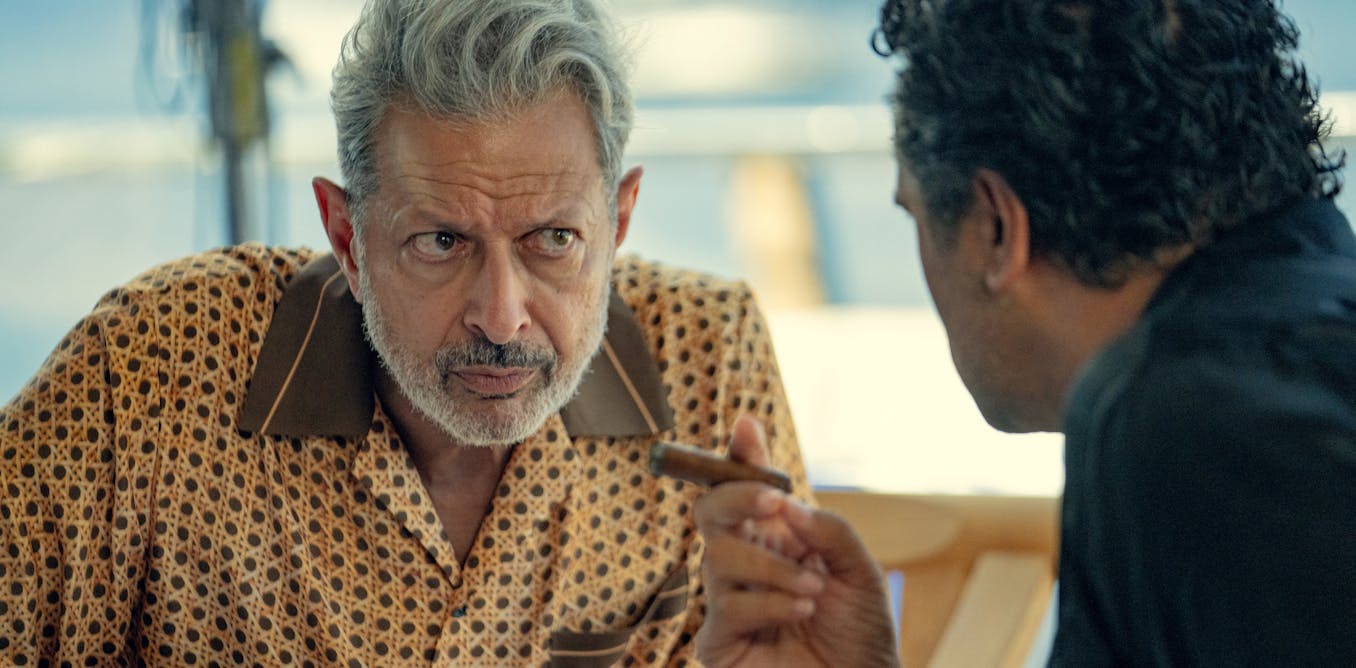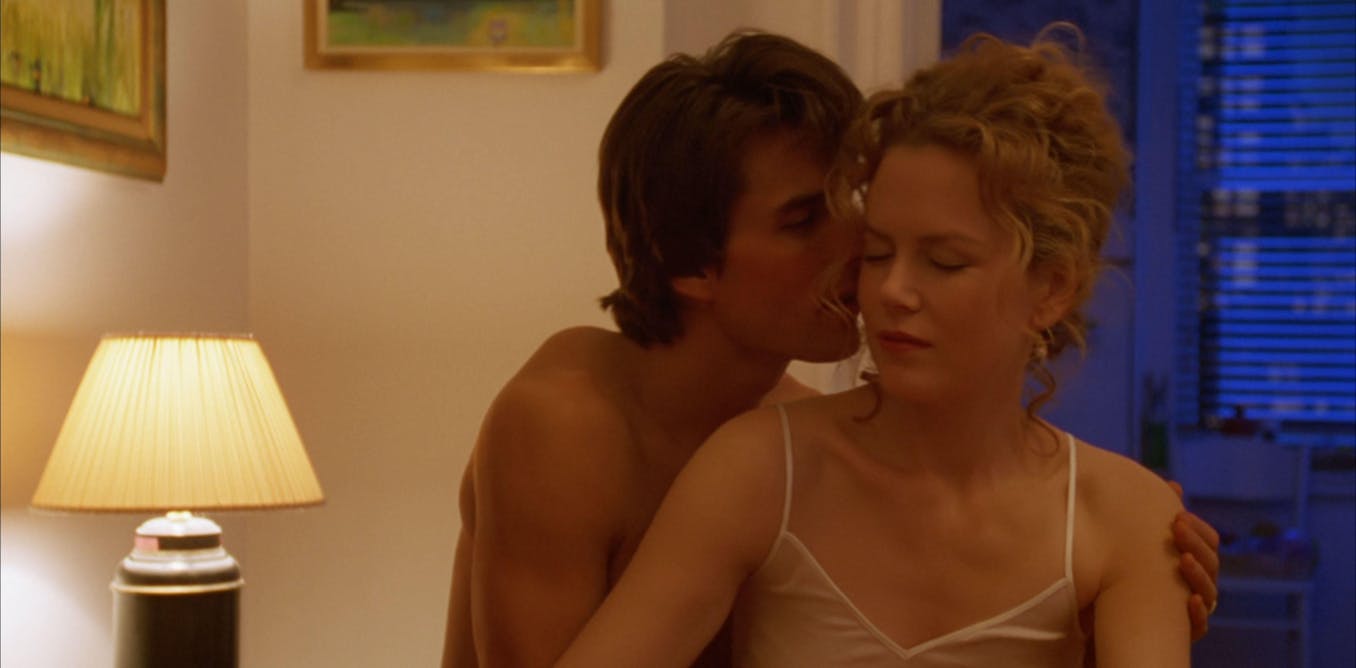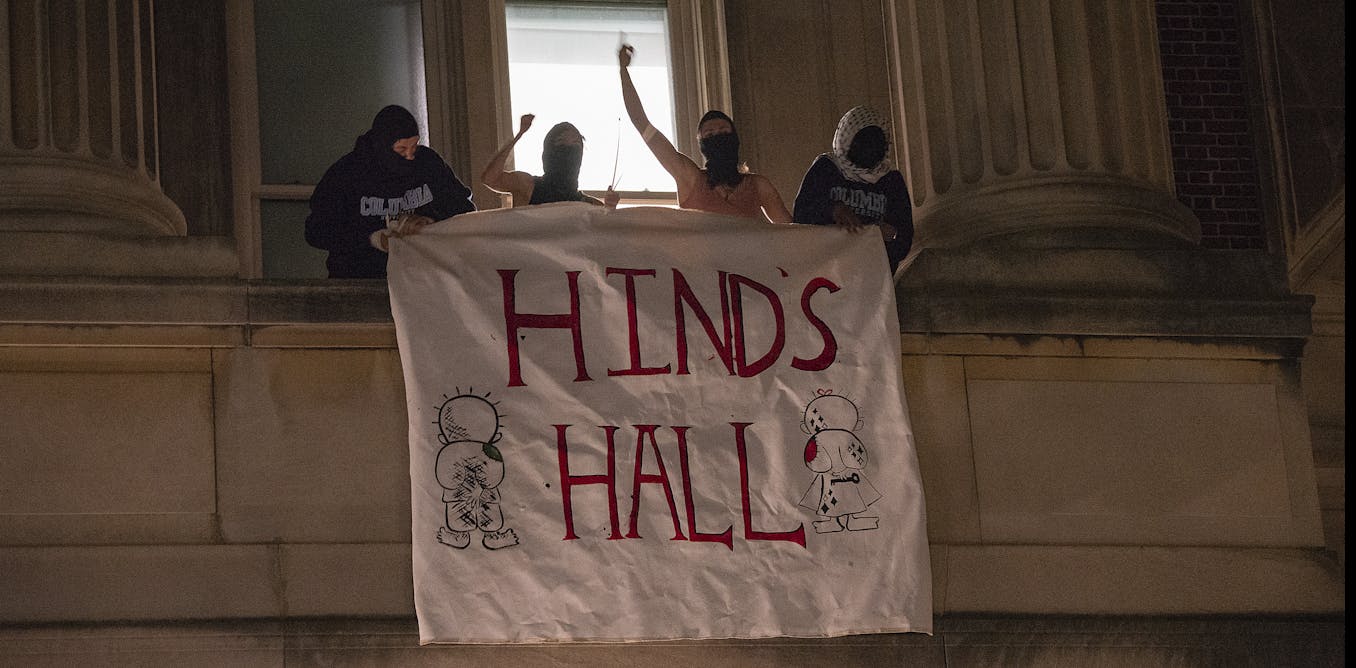But its not the Mount Olympus you’d normally think of. It’s an opulent house with large-screen TVs and gold watches. Overseeing it all is mighty Zeus, the king of the gods, played by Jeff Goldblum.
Netflix’s new six-part series, KAOS, is a brilliant reimagining of classical mythology for the 21st century. Created by Charlie Covell, writer on The End of the F***ing World (2017–19), the series follows six humans who learn they are part of a larger prophecy – their fates at the mercy and whims of the Olympian gods.
Narrated by Prometheus (Stephen Dillane), the series is darkly comedic in its exploration of themes from the original myths, such as power and abuse, gender politics and life after death.
Goldblum’s take on Zeus is mercurial. Powerful, but petulant and selfish, his Zeus is insecure. It’s a fascinating take on the god. “My character is complicated and charismatic, not to mention cruel,” the actor revealed in an interview.
The ancient Greeks themselves were ambiguous about Zeus. He could be a fearful figure or a humorous one. He ended up with dozens of epithets, ranging from Areius (“warlike”) to Zygius (“presider over marriage”), and most commonly Olympios and Panhellenios to signify his divine power over gods and humans alike.
Hollywood has similarly found a variety of ways to present Zeus, but usually in supporting roles (unlike in KAOS, where Zeus takes centre stage). In fact, one early cinematic appearance of the god was at the birth of filmmaking itself, in Georges Méliès’ silent film Jupiter’s Thunderballs (1903).
Zeus the powerful and vengeful god
Zeus (and his Roman equivalent Jupiter) was the god of sky and thunder in the Greek pantheon on Mount Olympus, and the father of many heroes and demigods of classical mythology. His main visual attribute was the lightning bolt, which is hinted at cleverly in a number of scenes in Goldblum’s performance.
The most common portrayal of Zeus in film and television is that of a vengeful and wrathful god who interferes with and manipulates the activities of others.
In Clash of the Titans (1981), a retelling of the myth of Perseus, Zeus (Laurence Olivier) manipulates the gods to support Perseus.
And this continues in the 2010 remake and its sequel, Wrath of the Titans (2012), in which Zeus (Liam Neeson) is an active participant in a plot centred on the struggle against Hades.
In the film Immortals (2011), although Zeus is often detached from the plot and merely observes, he is ultimately roused to action by anger.
Similarly, in the Percy Jackson films and TV series (based on Rick Riordan’s books), Zeus is characterised by his anger directed at Percy as he accuses him of stealing his lightning bolt.
Zeus the lustful abuser
Zeus was, well… there is no other way of saying it… horny. Incredibly horny. Despite the long-suffering protestations of his wife (and sister), Hera, Zeus would go on to father innumerable gods and demigods in the original myths.
His affairs with both divine and mortal women were almost always non-consensual and always ended badly for the seduced woman, who would either immediately die upon seeing Zeus in divine form or suffer the inventive vengeance of Hera. As Susie Donkin explained in the title of her 2020 book: Zeus is a Dick.
Unlike many filmed portrayals of Zeus, KAOS does not shy away from this aspect of his behaviour. But it is perhaps best represented in the adult animated series Blood of Zeus (2020-), in which much of the plot is driven by the aftermath of Zeus’ sexual proclivities.
Zeus the father figure
Hercules (Herakles in Greek) is one of the most filmed characters of all time, so the appearance of Zeus as his father is expected.
Perhaps most fondly remembered by all is Disney’s film Hercules (1997), in which Zeus (voiced by Rip Torn) is a warm and wise father. “For a true hero isn’t measured by the size of his strength, but by the strength of his heart,” he advises his son.
Hercules in New York (1970) is a cult film best known as Arnold Schwarzenegger’s first (dubbed) role as the titular strongman in contemporary New York. Here, Zeus (Ernest Graves) is responsible for Hercules’ exile – angry, but wanting the best for his son.
Anthony Quinn played Zeus in the TV movie The Circle of Fire (1994), which kick-started the TV series Hercules: The Legendary Journeys (1995–99) and its spin-off Xena: Warrior Princess (1995-2001). Zeus appeared periodically in both. Although Hercules in the series often referred to the neglectfulness of his father, Zeus is still presented as a loving parent in each appearance.
Zeus the comical
Zeus is also perfect to poke fun at. The ancients did it; in Aristophanes’ comedic play The Birds, for example, Zeus’ all-seeing vision is blocked by merely a raised parasol.
Perhaps the best example of this in modern cinema is Russell Crowe’s depiction in the Marvel movie Thor: Love and Thunder (2022). In this campy take, Zeus is all lightning bolts, with a toga that hides very little, and a controversial Greek accent.
But there was also a poignancy in Crowe’s Zeus, such as when he states:
It used to be that being a god, it meant something. People would whisper your name, before sharing their deepest hopes and dreams. They begged you for mercy, without ever knowing if you were actually listening. Now, when they look to the sky, they don’t ask us for lightning, they don’t ask us for rain, they just want to see one of their so-called superheroes. When did we become the joke?
Just as the ancient Greeks had many versions of Zeus, so does the modern world. And Jeff Goldblum’s brilliant performance suggests we certainly haven’t seen the last of Zeus’ thunderbolts onscreen.

















Pingback: As India Eyes More Rafale Jets, Why France Is Developing Future Combat Air System
Pingback: Lara Dutta, Prateik Babbar Lead Lionsgate Play’s Remake of Casual in India